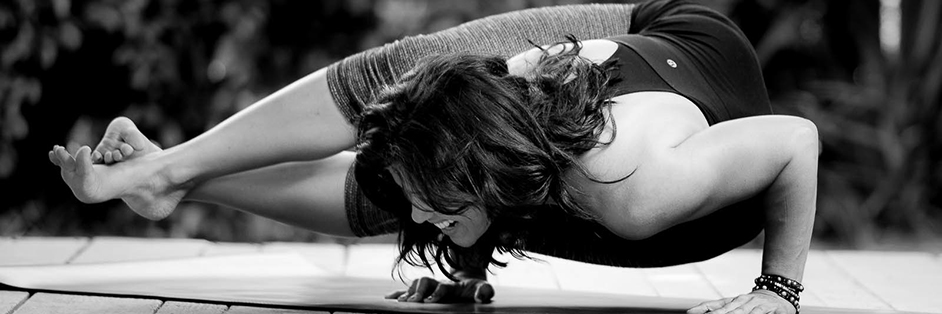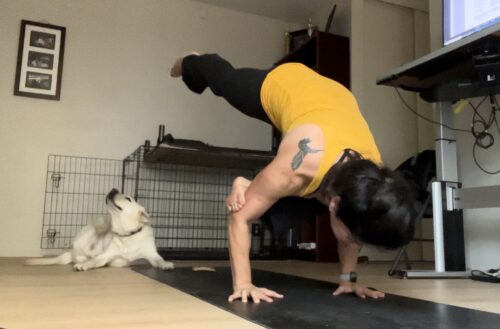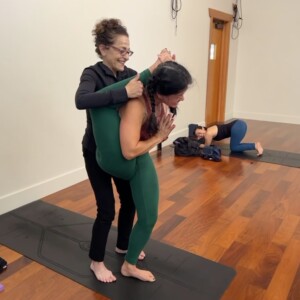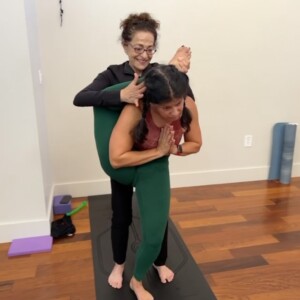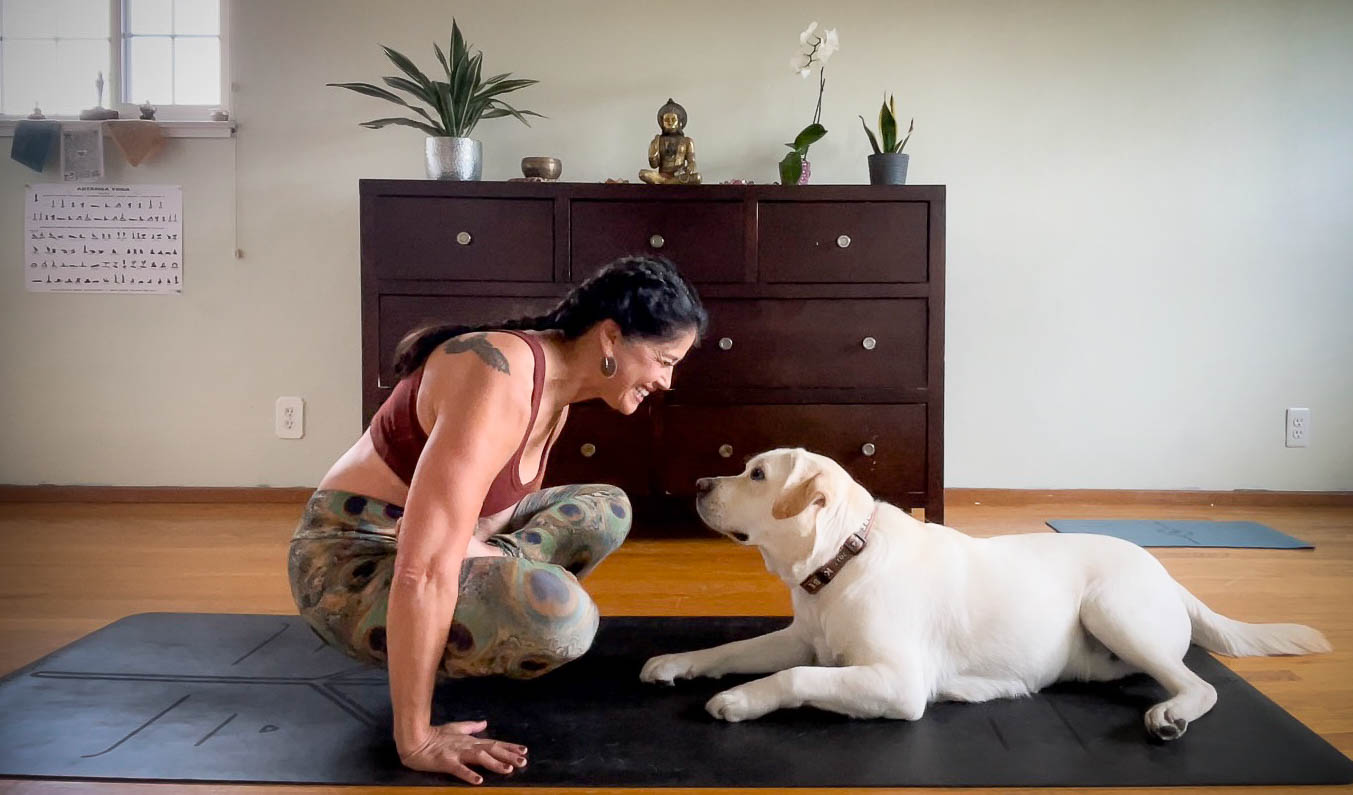Inviting sthira in the new year
I was given my first pose of Sthira Bhaga (third series) early on in the coronavirus pandemic while we were sheltering in place and practicing on virtual platforms 100% of the time. I took to it and soon was given additional poses until finally, I’d reached a clear stopping point — at least for the time.
Sthira translates as “strong,” “stable,” “steady” and “resolute” while bhaga means “prosperity,” “good fortune” and “happiness.” The term is often translated as “strength and grace,” but also as “divine stability” and “sublime serenity.”
Indeed, I enjoyed the idea of being on a path leading towards more stability, strength, and grace. But as life and luck would have it, my path took a detour over the past couple of years. I have been experiencing far less sthira, or bhaga, and doing very little of my third series practice. In fact, I have hardly been doing it at all.
For some unknown reason, I decided to revisit my third series practice today. It is not that I have worked back up to it. To the contrary, I have been limiting (a.k.a. avoiding) putting my leg behind my head lately due to some new knee discomfort that began in mid-December. Today, however, that didn’t seem to matter.
Having not set my alarm, I woke up feeling well-rested, strong, optimistic, and curious. So, I gave it a go.
It was as one would expect after a long hiatus. The practice was unpolished, rough, and far from stable. And still, it felt amazing to push myself a little more. I felt strong, capable, and happy.
A week practicing with Manju Jois
When I signed up to join a group of yogis for a week of practice with Manju Jois, I had no idea what sort of experience I’d be experiencing.
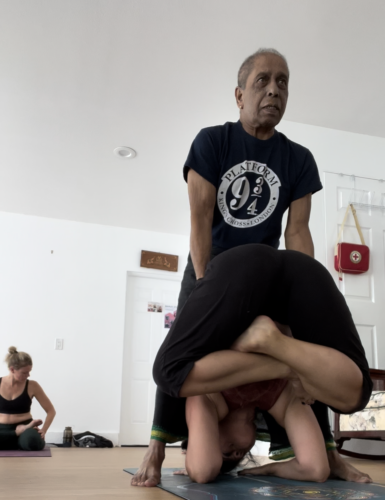 Naturally, I worried about what he’d think of my less-than-perfect asana practice, non-existent chanting practice, and only slightly better pranayama. But still, I was going to be practicing with Manju! I would graciously take whatever feedback he had for me; I mean, isn’t that why I was going in the first place?
Naturally, I worried about what he’d think of my less-than-perfect asana practice, non-existent chanting practice, and only slightly better pranayama. But still, I was going to be practicing with Manju! I would graciously take whatever feedback he had for me; I mean, isn’t that why I was going in the first place?
Our hotel was walking distance from the shala. In the morning, Eva and I packed up our mat, a hand towel, and a few odd items and began our week long journey. We met up with the rest of the small group of yogis in front the shala and, together, the 12 of us went inside. A few minutes later, we were standing in samasthiti for the opening mantra. Then we began.
The room was warm and bright. The sound of us breathing together aloud was extra special, given the “social distancing” in the past 2-ish years. Manju and Greg moved around the room, assisting each of us in deepening our practice. Many times, I was surprised to feel my body twist and turn, catch and release in ways I hadn’t felt in a long time…or ever. It was magical from the opening chant through savasana. Having someone to assist me in the poses I need the most help with served to show me a better way to navigate the struggle.
This is how my practice went during the week:
Day 1: I did full primary + half intermediate.
Day 2: I practiced half primary + intermediate through nakrasana.
Day 3: Intermediate.
Day 4 & Day 5: Intermediate + the first 2 poses of Third.
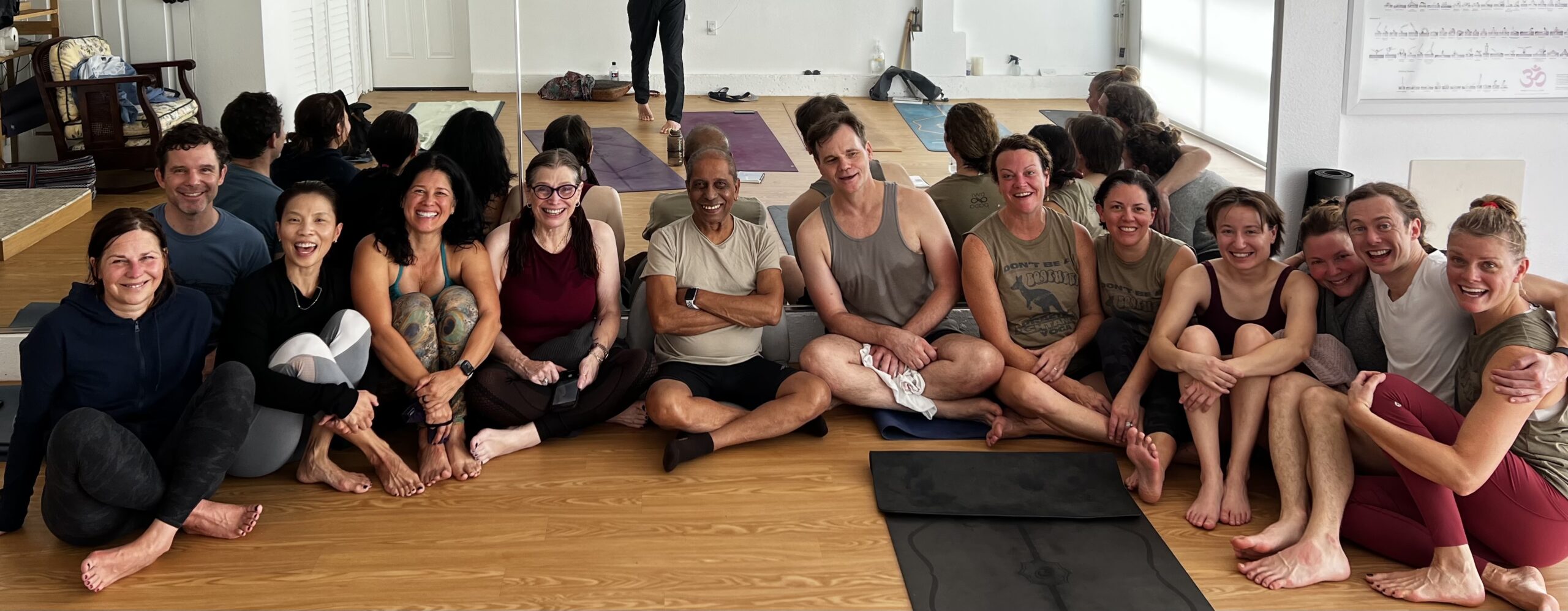 Each day, following our practice, we did some pranyama and/or chanting. When we finished that, Manju answered our questions. Then we were treated to some of his and his wife’s home cooking – which was delicious beyond words.
Each day, following our practice, we did some pranyama and/or chanting. When we finished that, Manju answered our questions. Then we were treated to some of his and his wife’s home cooking – which was delicious beyond words.
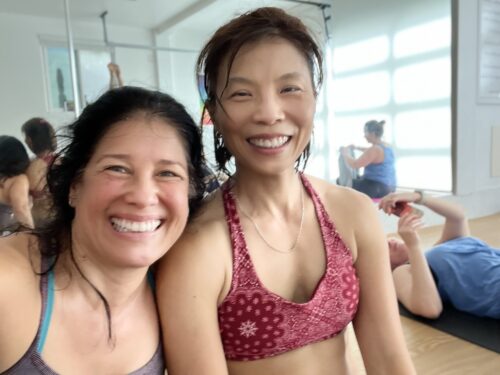 The five days went by fast. The small group of (12) Ashtangis hung out with eachother off the mat as well. During our downtime, we explored the area’s beaches, hiked a little, shopped, and ate more amazing food. Many are hoping to join Manju during part of his European tour over the summer. As for me, I am making plans that I know I can make happen; I will be joining another group of Ashtangis in January 2023 for a repeat session in Manju’s home shala.
The five days went by fast. The small group of (12) Ashtangis hung out with eachother off the mat as well. During our downtime, we explored the area’s beaches, hiked a little, shopped, and ate more amazing food. Many are hoping to join Manju during part of his European tour over the summer. As for me, I am making plans that I know I can make happen; I will be joining another group of Ashtangis in January 2023 for a repeat session in Manju’s home shala.
In addition to my gratitude towards Manju for alll that he does, I am imensely grateful to Eva Alexander for bringing me into the circle of Ashtangis that practice regularly with him, and for Greg Tebb for saving a spot for me to join.
Contentment
Although the focus of my yoga practice may appear to be on the physical asanas of the practice, there is a deeper, more spiritual, level to the practice. The Ashtanga Yoga system is built upon the “Eight Limbs of Yoga.” (the word ‘ashta’ means ‘eight’ and ‘anga’ means ‘limb’). When I first began my yoga practice, it was very much about the shapes of the asanas. But, over time, the philosophical and spiritual components began taking precidence over the shapes. That said, it is very easy to lose sight over the reason for the practice. As I age and my body’s ability to perform the physical asanas as well, or as easily, as I once did, the 2nd Niyama becomes more an more important.
“Samtosha, or contentment, is a pure and exellent form of happiness that spontaneously arises when we free ourselves from the mind’s constant nagging about unfullfilled desires. This is really the secret to moving on with our lives rather than being stuck in and trapped by a specific situation. Samtosha arises when the mind lets go of its iron grip of a situation long enough to let us simply observe with great interest but without drawing conclusions or making judgments and assumptions. Letting go, we automattically tap into an endless reservoir of kindness and compassion that lies within.” – The Art of Vinyasa; Awakening Body and Mind through the Practice of Ashtanya Yoga by Richard Freeman & Mary Taylor.
This past weekend, I awoke feeling a constant ache and soreness from an 8 mile, hilly trail run. Adding insult to injury, so-to-speak, it was raining and dark outside. I should just go back to sleep, I thought, my practice won’t be any good anyway. Pushing that aside, I decided to show up for my yoga practice anyway. I would do what I could and try to be satisfied with whatever that was.
AWE-and-then-some
Let’s start with the “some”
I have some news. As of June 4th, BTY (the studio where I teach) members and guests will have the ability to practice in the yoga studio for all six days of our Ashtanga yoga practice. This assumes our schedules allow for us to practice there. If it doesn’t, no problem; the online option still exists.
As for me, I will continue teaching mysore on Monday mornings but will no longer be teaching on Tuesdays. It’s a good thing for me as Tuesday seems to be the most popular day for my morning work meetings and I was having to get a sub more and more. In addition, on the 1st Sunday of each month, I will be teaching mysore.
Now, to the AWE part
The schedule change also means that I can attend to my own practice — which is exciting as I have quite a few poses with which I am struggling. Durvasana (shown here) is one of them.
This pose, as I have read, is a test of our devotion to both our practice and the Sage Durva. It is believed that this great sage was the incarnation of Lord Shiva. He was wise, knowledgeable, and apparently had a wicked temper. On a physical sense, this asana tests the practitioner to remain calm, steady, and firm in their root and breath. Quite literally, you must root to rise up from the ground despite the weight of your the leg you carry upon your shoulders.
On the day these photos were taken, my teacher shared the burden of the load I was asked to carry so that I could stand up for the very first time in the center of the room. I kid you not, the feeling was AWE-mazing! I am actually looking forward to trying it again.
What’s new?
I’ve been struggling to produce a unique response to the yoga studio’s prompt for the teacher spotlight for Spring. The prompt, “What’s new in your practice?” seems like a simple question. So, why am I three weeks late on coming up with a response?
The simple answer is nothing. I have not been given any new poses for over 6 months. I have been showing up for class faithfully since the beginning of the pandemic — even when I knew that being on camera would mean that my broken heart would be seen by all. The practice has it’s way of revealing the raw parts on us, whether we like it or not.
But, it’s not that simple. As the anniversary of my husband’s passing, Spring spotlights the deepest, saddest parts of me. I don’t go looking for these feelings, they bubble up regardless of attention. Trying to distract myself from it is like ignoring an injury (such as a broken toe) while practicing yoga; the pain makes you take notice.
Instead of going about my every day activities, I’ve made point of giving myself the space to feel what ever comes up during this time. In past years, my answers to the Spring teacher prompts were bathed in a melancholy of sorts. I didn’t want to repeat that this time. Instead, I asked for more time.
Additionally, I took time off from work and asked another teacher to sub for me on the anniversary day so that I could have my yoga practice at the usual morning time.
Interestingly, my asking for more time, as well as getting coverage for my class, is exactly the thing that is new for me.
I’ve spent my life giving to others — sometimes at my own expense. Lately, however, it’s taking a toll on me. My body is unhappy and my mind frazzled trying to be in two places at once and please everyone — all with the expression on my face on display for all to see. As the pandemic wears on, I have come to realize that I just can’t do it all.
On my mat, I pull my attention back to myself, the prescribed dristhi, and the sound of my own breath (instead of the computer). I have also been more conscious of conserving my energy when it is low. After all, this is the practice as it was meant to be done.
Yet, during the past couple of years, I have found myself grasping to contribute and hold space for a community-feel amidst the pandemic-driven online environment. While this sounds like a good thing, it has it’s drawbacks for both me as well as for the members of my yoga community. It’s time to zip my lips and continue to contribute simply by showing up for practice. And if we want to chat it up, well perhaps there will be time for that too (outside of practice, that is).

